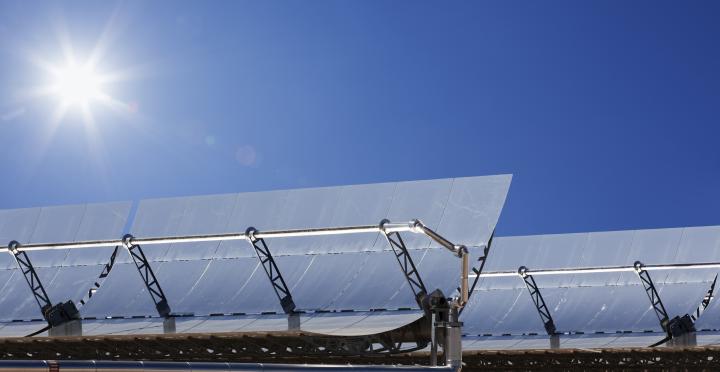
The Australian Silicon Action Plan sets out the actions Australia needs to take to participate in a fully-fledged supply chain for silicon and solar cells. © Copyright CSIRO Australia, 2022-12-09
The Australian Silicon Action Plan identifies the need for Australia to participate in a complete supply chain for silicon and solar cells, which is critical to achieving energy independence and security. Authored by PwC Australia on behalf of CSIRO, the report highlights that Australia has great potential in the renewable energy sector. However, reliance on overseas supply chains is a risk that could hinder progress.
The Australian Government has identified silicon as a critical mineral, essential for new economy technologies such as solar cells, semiconductors, fibre optics, aluminium alloys and energy storage batteries. Australia is rich in quartz, a raw material for silicon production. However, smelting quartz into silicon and then purifying it into high-purity silicon requires attention.
According to the International Renewable Energy Agency, the contribution of solar PV to Australia's energy mix will increase from 12% to about 50% between 2021 and 2050. The agency also estimates that global solar power generation capacity will need to increase more than fivefold by 2030 and 14-fold by 2050 to meet net-zero targets.
To meet these projections, global production of silicon and its purified form, polysilicon, will need to increase significantly. However, current supply chain dynamics pose an energy security risk for Australia, with 70% of silicon produced in China and China dominating polysilicon production.
The Australian Silicon Action Plan outlines a roadmap for developing a fully integrated silicon and solar cell supply chain, from quartz mining to manufacturing, end-of-life processes and recycling. The report proposes three horizons:
Horizon one includes identifying potential sites for new smelters, integrating renewable energy into smelting processes and funding research into next-generation processes and technologies.
Horizon two focuses on expanding Australia's supply chain activities by developing more complex supply chain steps in the manufacture of solar cell components.
Horizon three will lead to an integrated, low-carbon and circular solar cell supply chain in Australia, for example by supporting polysilicon production and focusing R&D efforts on developing and scaling new and future technologies.
The Australian Silicon Action Plan report shows how Australia can become a global superpower in the production and export of solar PV energy by developing a fully integrated domestic solar supply chain. By following the recommendations outlined in the report, Australia can achieve energy independence, support economic growth and create jobs across the country.
